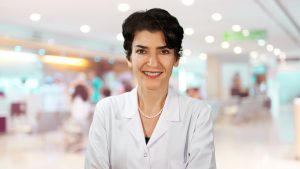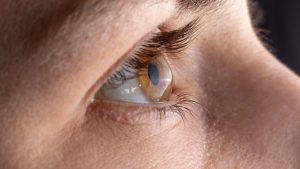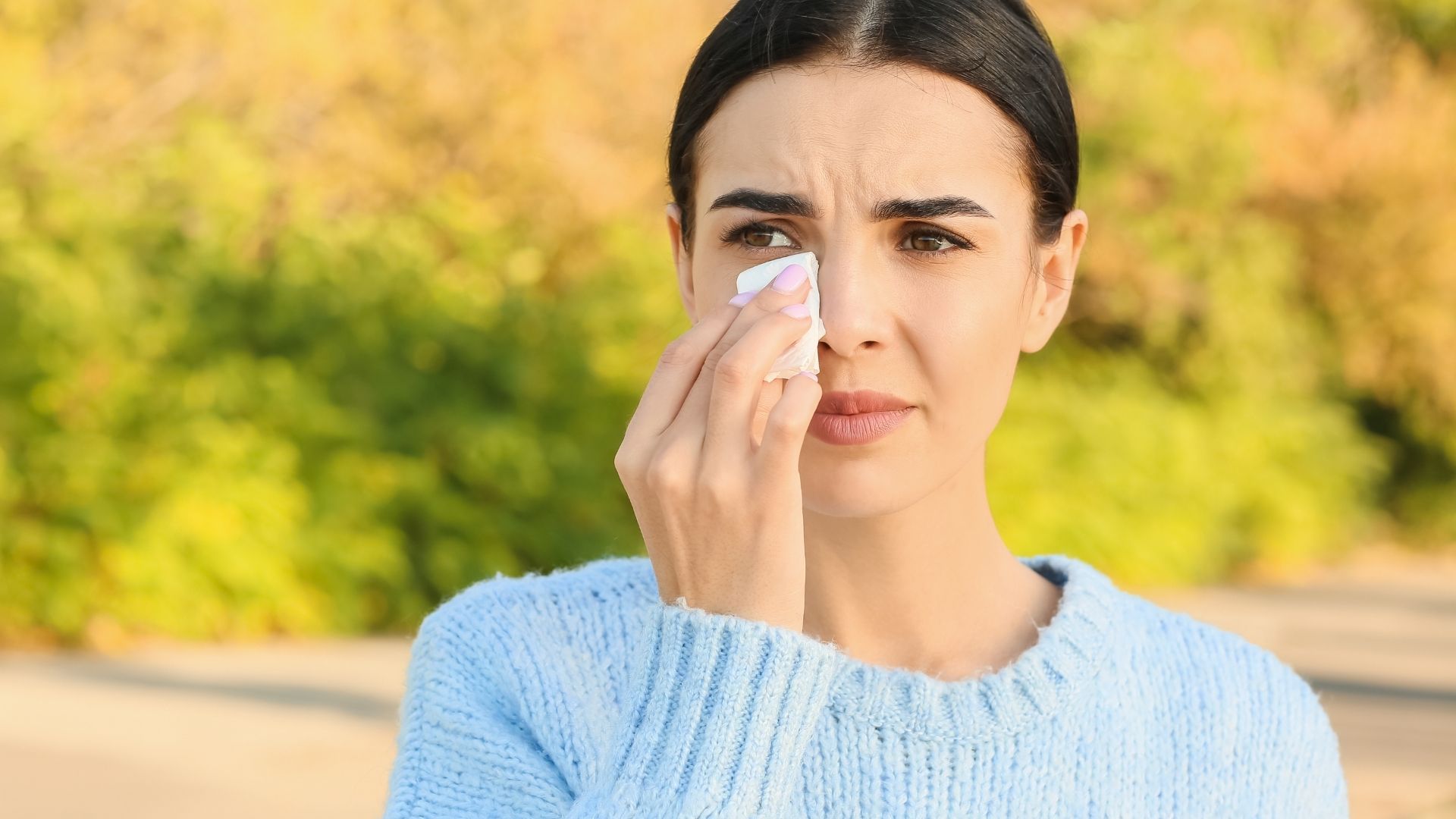If the lacrimal duct obstruction, which manifests itself with symptoms such as excessive watering in the eye, burring and sticking of the eyelashes, is not treated, it can cause health problems up to inflammation in the eye. Informing on tear duct obstruction, which can also be seen in infants and adults, Prof. Dr. Hülya Gökmen, Department of Eye Health and Diseases, IEU Medical Park Hospital said that if the tear duct obstruction is not treated, it can lead to bigger problems.
 Stating that the tear system must also be healthy in order for the eyes to work healthily and smoothly, Gökmen said, “Tears are secreted by the lacrimal gland and auxiliary tear glands located in the upper outer part of the eye socket and come to the surface of the eye. It constantly cleans the eye surface, provides a smooth optical surface and lubricity. It then goes to the nasal cavity through the tear duct and then to the stomach. As a result of excessive secretion of tears or the failure of the tear duct to work well, watering occurs in the eye. In eye watering due to disorders in the tear duct, it is first necessary to reveal the location and cause of the problem. Is there a blockage anywhere in the canal, or is the pump function not working even though the canal is intact, is there a problem with the nose? Was the disorder congenital or acquired? After the patient is examined in detail, it is necessary to search for a correct answer to these questions by performing some tear tests, depending on the situation.”
Stating that the tear system must also be healthy in order for the eyes to work healthily and smoothly, Gökmen said, “Tears are secreted by the lacrimal gland and auxiliary tear glands located in the upper outer part of the eye socket and come to the surface of the eye. It constantly cleans the eye surface, provides a smooth optical surface and lubricity. It then goes to the nasal cavity through the tear duct and then to the stomach. As a result of excessive secretion of tears or the failure of the tear duct to work well, watering occurs in the eye. In eye watering due to disorders in the tear duct, it is first necessary to reveal the location and cause of the problem. Is there a blockage anywhere in the canal, or is the pump function not working even though the canal is intact, is there a problem with the nose? Was the disorder congenital or acquired? After the patient is examined in detail, it is necessary to search for a correct answer to these questions by performing some tear tests, depending on the situation.”
Eye infections may develop
Informing on the symptoms of tear duct obstruction, Gökmen said, “In these patients, there is excessive watering and burrs in the eyes. Sometimes it can even blur vision. There may be redness in the eye due to sticking of the eyelashes and constantly wiping the tears. Sometimes swelling and redness can be seen in the lacrimal sac and nasal root. Because the canal does not work properly, eye inflammations develop very often. Therefore, it is important for eye health to be treated.”
 It is divided into two groups
It is divided into two groups
Indicating that patients should be separated as congenital or acquired canal obstructions in terms of treatment, Gökmen said, “These two groups require completely separate approaches. Some of the congenital ones can be corrected without surgery, with some methods such as massage, without harming eye health. However, this is determined by examination. Depending on the age of the child and the characteristics of the disease, the type of treatment and surgery is decided. In adults, most patients require surgery. Although there are various techniques, the main procedure is to generate another path to the nasal cavity before the duct is blocked. General anesthesia is essential in children. In adults, it can be applied under both general and local anesthesia, depending on the patient’s preference.”



